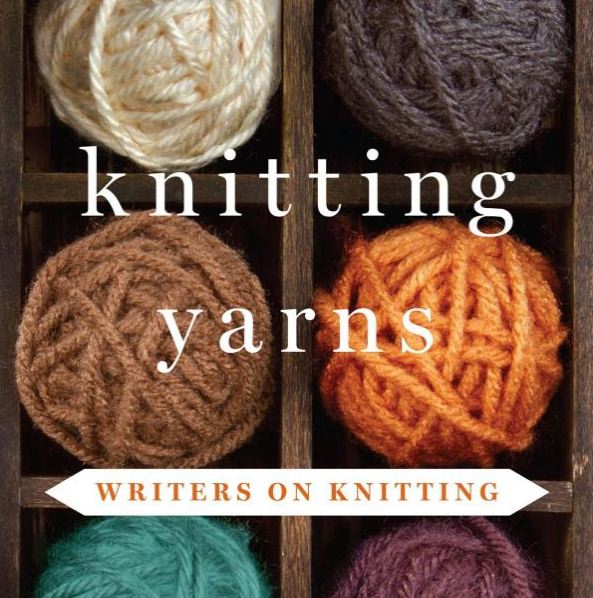The debate about sexual education in public schools is flaring once again, this time in Kansas, where a father is upset by an “X-rated sex ed poster” at his daughter’s middle school. Much to my chagrin, the poster contains no titillating images of sex acts in progress, and is instead an 8.5-x-11-inch sheet of paper posing the question, “How do people express their sexual feelings?” and giving examples ranging from hugging and hand-holding to vaginal intercourse and anal sex.
The outraged father contacted his local Fox News affiliate, and the story has now received national attention, including a CNN interview with him. It is understandable that, like most fathers, he is upset by thoughts of his 13-year-old daughter being exposed to sex. However, this information is pertinent to her reproductive health, and I would be willing to bet it is not the first time she has come across these words.
The reality is that we live in a country where 1 in 200 mothers insist they had a virgin birth. Researchers found the parents of these women had difficulty discussing sex or birth control with their children. It is not a coincidence that schools with comprehensive sex ed curricula have seen teen pregnancy rates decrease. Even if teens cannot get facts about sex at home, they are now being armed with information early on about how best to protect themselves from unwanted pregnancy and sexually transmitted infections.
If the age of 13 is “too young” to be talking about such things as vaginal intercourse, when is the right time? Technically speaking, any female who is ovulating could become pregnant. It is not unusual for menstruation to begin in girls as young as eight. Ignoring the hormones and primal instincts in their bodies doesn’t make those feelings go away.
This Kansas school has what is called an “abstinence plus” education plan, which basically tells students: the only sure way to prevent pregnancy and STIs is to abstain from sexual activity, but if you are planning to engage (or are already engaging) in sexual activity, here’s what you need to know to protect yourself.
This is the system I was exposed to in my public school. I vividly remember being in third grade when all of the boys were sent to a different classroom. (I thought it was extremely unfair at the time that the boys got to watch a rerun of Bill Nye the Science Guy, while I was forced to sit through a video explaining my alien-like reproductive organs and how they work.)
I am now in my mid-to-late 20s and do not have children. Some may say that not being a parent invalidates my opinion on the subject, but I will remind the critics that I, too, have parents. My mother and father worked hard to ensure I always felt comfortable asking them questions about sex. In fact, I came home at the tender age of 9 and blatantly asked my parents: “What’s an orgasm?” after hearing some older kids talking about it on the bus. Instead of deciding I was “too young” for such a concept, my parents and I had a frank discussion about sex.
While I personally didn’t engage in sexual activity in middle or high school, a lot of the girls around me did. Often, these girls would look to their peers for advice; unfortunately, peer advice in this situation is a little like the blind leading the blind. In fact, I only know of one girl who asked her mother for guidance. That mother promptly sought to put her daughter on the birth control pill and instructed her in proper condom use (you go girl!).
When it comes to sex and teen girls, a lot of individuals (myself included), have a very knee-jerk reaction. After we take some time and a step back for some perspective, we realize that by the age of 13, these kids have already seen, heard, and had in-depth discussions with their peers about the words displayed on this piece of paper. In reality, by 13, the school is probably a little too late to start discussing these concepts.
The father in Kansas is well within his rights to pull his child out of public school and send her to a private school that would align more with his religious and moral beliefs. However, all of my friends who attended private, religious schools ensure me there were still instances of teen pregnancies in those schools — perhaps they were part of the virgin births sweeping the nation?
The bottom line: teens have had sex in the past and they will continue to do so in the future. All we can do as a society is ensure they have the tools at their disposal to be as safe as possible if and when they decide to become sexually active.

